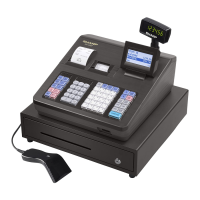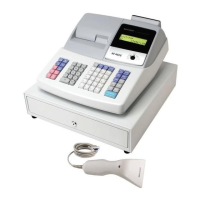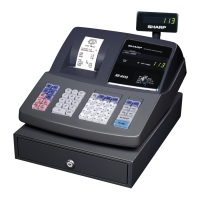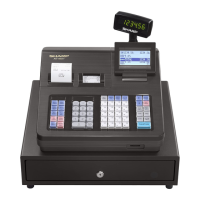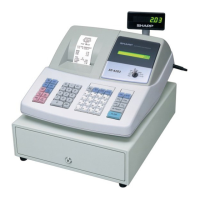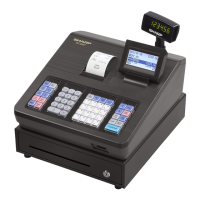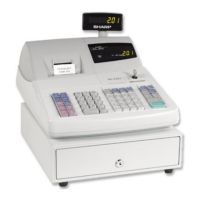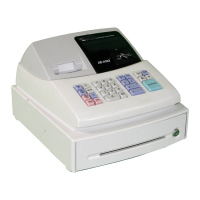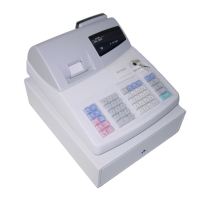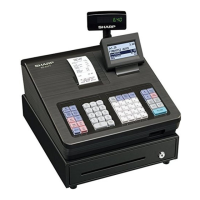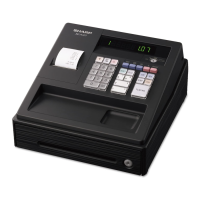What to do if I cannot use an SD memory card with Sharp Software?
- AArthur RhodesJul 26, 2025
If you're having trouble using an SD memory card, ensure it's correctly inserted. Also, verify that write-protection is disabled. If problems persist, format the SD memory card using the cash register. Before attempting to read data, first write data from the cash register to the SD memory card.
